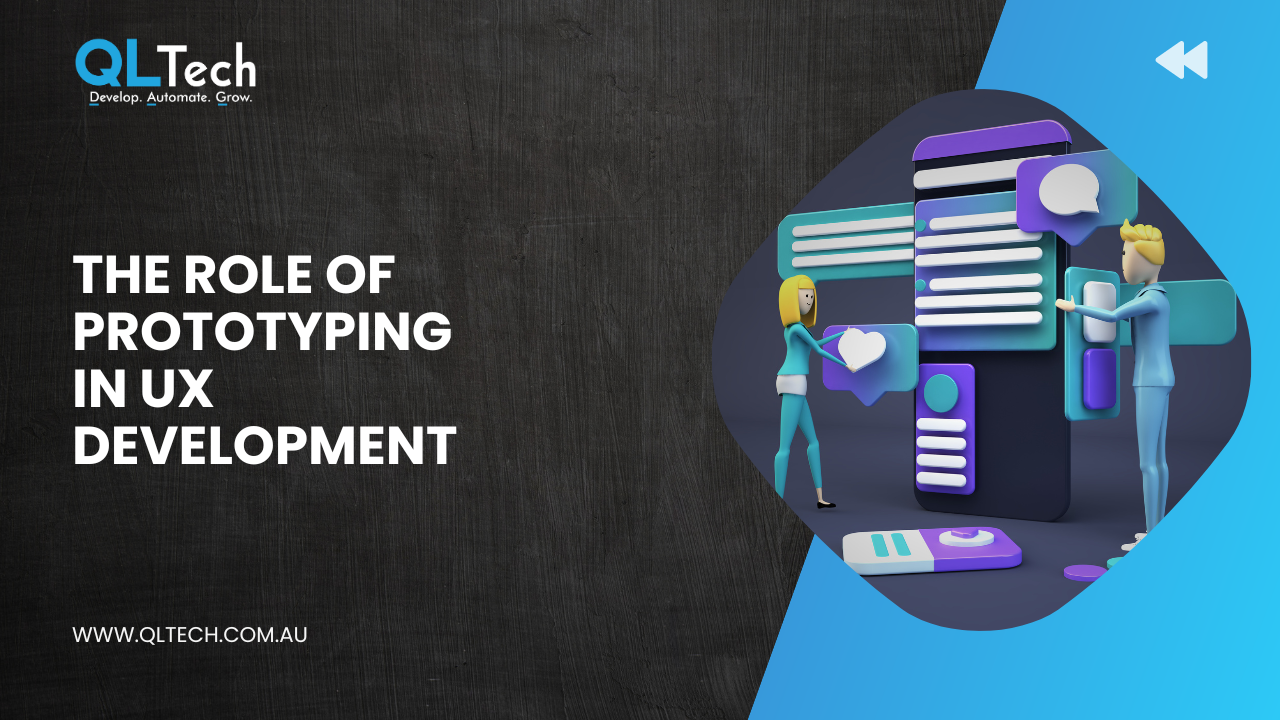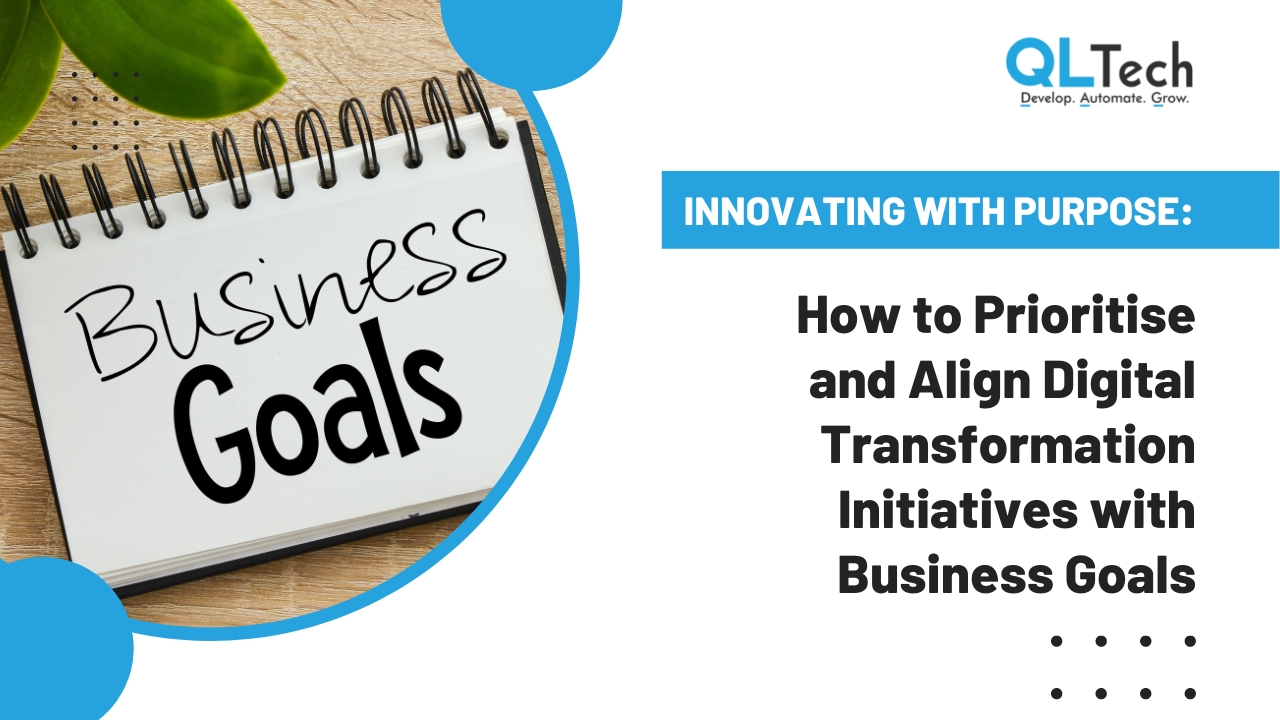The Role of Prototyping in UX Development
Prototyping is a crucial phase in the UX development process that transforms ideas into tangible, testable versions of a product. It allows designers and stakeholders to visualise and interact with their concepts, providing invaluable insights that guide the final product’s design and functionality. In this blog, we’ll delve into the significance of prototyping in UX development, explore its benefits, and discuss the various tools and techniques used to create effective prototypes.

Why Prototyping Matters in UX Development
Prototyping plays a pivotal role in UX development for several reasons:
- Visualising Ideas: Prototypes help in visualising and exploring design ideas early in the process. This makes abstract concepts more concrete and understandable for both designers and stakeholders.
- User Testing: Early prototypes allow for user testing, which provides direct feedback from end-users. This helps in identifying usability issues and understanding user preferences before the final product is developed.
- Iterative Design: Prototyping supports an iterative design process. Designers can create multiple versions of a prototype, test them, and refine them based on feedback, ensuring the final design is user-centered.
- Stakeholder Communication: Prototypes serve as an effective communication tool with stakeholders. They provide a clear representation of the product, making it easier to gather input and align expectations.
- Cost Efficiency: Identifying and resolving design issues during the prototyping phase is far less costly than making changes after the product has been developed. This helps in saving time and resources.
Benefits of Prototyping
Prototyping offers several key benefits in the UX development process:
- Early Detection of Issues: By testing a prototype, designers can identify potential problems and make necessary adjustments before the final development, reducing the risk of costly post-launch fixes.
- Enhanced User Engagement: Interactive prototypes provide a realistic experience, allowing users to engage with the design as they would with the final product. This leads to more accurate feedback and better user satisfaction.
- Improved Collaboration: Prototyping fosters collaboration among team members, including designers, developers, and stakeholders. It ensures everyone is on the same page regarding the product vision and design goals.
- Higher Quality Products: Iterative testing and refinement lead to a more polished and user-friendly final product, improving overall quality and user experience.
Prototyping Tools and Techniques
Several tools and techniques are available to create effective prototypes, each with its own set of features and benefits. Some popular prototyping tools include:
- Sketch: A powerful design tool with an extensive library of plugins and integrations, ideal for creating detailed UI designs and prototypes.
- Figma: A collaborative design tool that allows multiple team members to work on a prototype simultaneously, streamlining the design process.
- Adobe XD: A versatile tool from Adobe that offers comprehensive features for designing, prototyping, and sharing interactive user experiences.
- InVision: A prototyping tool that enables designers to create clickable prototypes and gather feedback from stakeholders and users.
Techniques for effective prototyping include:
- Low-Fidelity Prototypes: These are simple, often hand-drawn sketches or wireframes that focus on the basic layout and functionality of the design.
- High-Fidelity Prototypes: These prototypes are more detailed and interactive, closely resembling the final product. They are used for more thorough user testing and feedback.
- Paper Prototyping: A low-cost method where paper sketches are used to simulate the interface and gather initial user feedback.
- Interactive Prototyping: Creating prototypes with clickable elements that mimic the final product’s interactions, providing a realistic user experience.
Conclusion
Prototyping is an indispensable part of the UX development process, offering a range of benefits from early issue detection to enhanced user engagement. By leveraging the right tools and techniques, designers can create effective prototypes that lead to high-quality, user-centered products. Embracing prototyping in UX development not only improves the design process but also ensures that the final product meets user needs and expectations, ultimately resulting in a successful and satisfying user experience.




